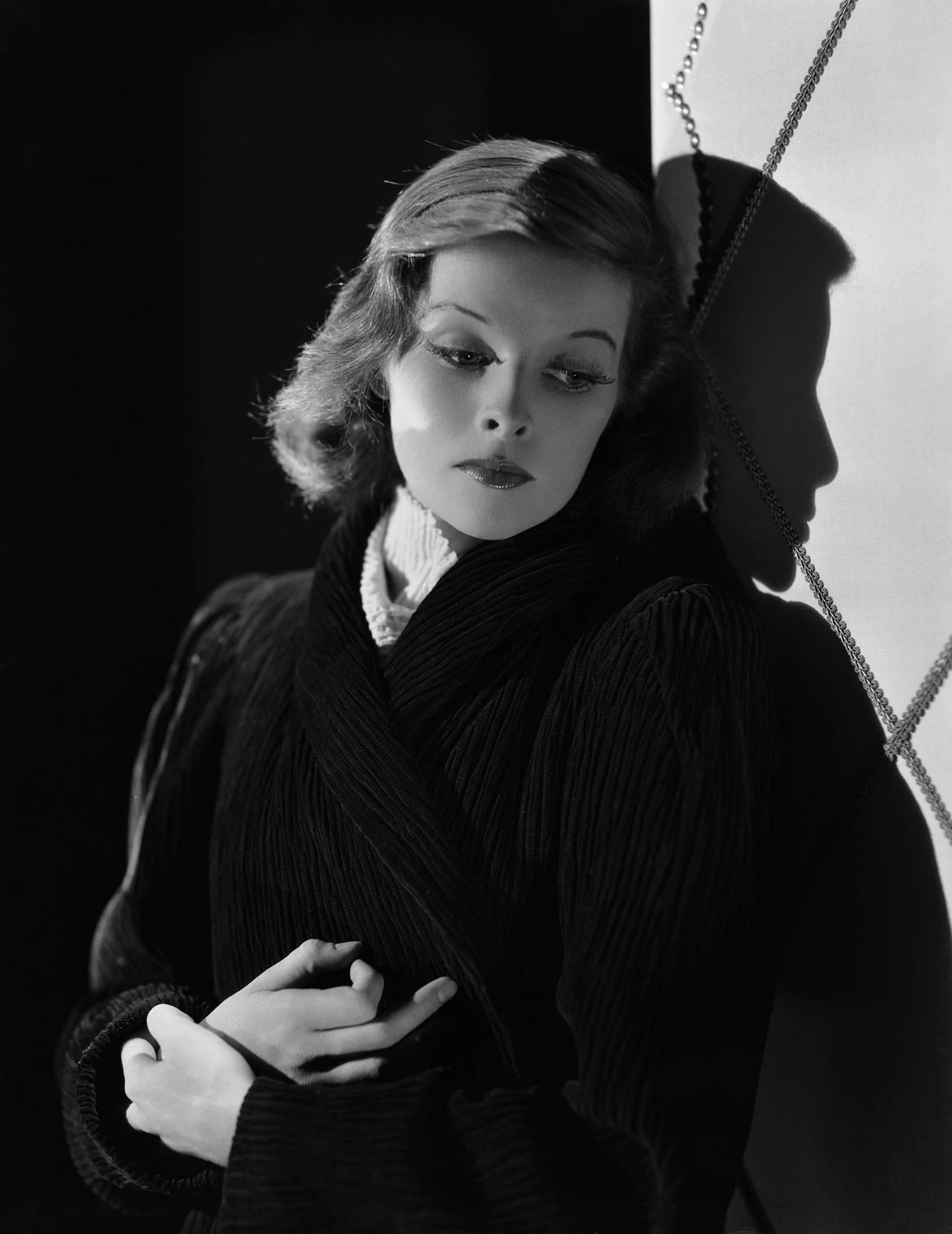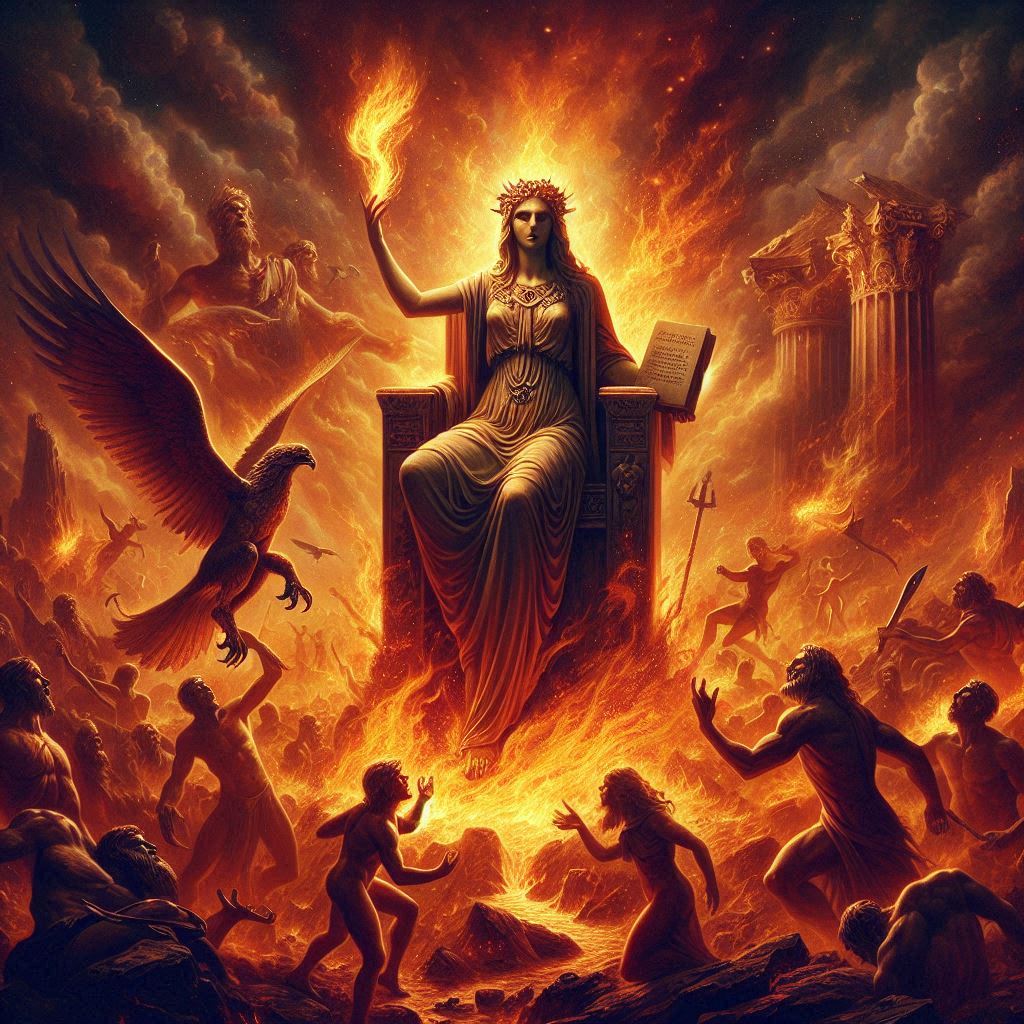Katharine Hepburn (1907–2003) was a legendary American actress known for her distinctive voice, strong-willed characters, and remarkable career spanning over six decades. Regarded as one of the greatest actresses in Hollywood history, Hepburn received numerous accolades, including four Academy Awards for Best Actress. Her versatility and independent spirit set her apart, making her an enduring icon in the film industry. Hepburn’s impact on cinema and her influence as a trailblazing woman in the entertainment world remain significant aspects of her legacy.
Hepburn grew up in a progressive and intellectual family. Her father, Dr. Thomas Hepburn, was a prominent urologist, and her mother, Katharine Martha Houghton, was a suffragette and advocate for women’s rights. Hepburn’s early exposure to a stimulating and unconventional environment fostered her independent mindset and passion for breaking societal norms.
Educated at Bryn Mawr College, Hepburn’s interest in acting emerged during her college years. She participated in various stage productions and even wrote and performed in a successful play. Her initial foray into acting was met with resistance from her family, who discouraged her pursuit of a career in the arts. Nevertheless, Hepburn’s determination prevailed, and she embarked on a journey that would redefine the landscape of Hollywood.
Hepburn’s first taste of professional theater came with her debut on Broadway in “The Czarina” (1928). Although the play closed quickly, her performance caught the attention of Hollywood scouts. Hepburn made her film debut in “A Bill of Divorcement” (1932), sharing the screen with John Barrymore. The film’s success marked the beginning of a remarkable career that would shape the course of American cinema.
Early in her career, Hepburn faced setbacks with a string of commercially unsuccessful films. Critics labeled her as “box office poison,” a label that threatened her standing in Hollywood. However, Hepburn’s resilience and commitment to her craft led her to a career-defining role in “The Philadelphia Story” (1940).
“The Philadelphia Story” not only marked Hepburn’s triumphant return to the big screen but also earned her an Academy Award for Best Actress. The film showcased her comedic prowess and undeniable on-screen charm. This victory was a turning point in her career, reaffirming her status as a leading actress in Hollywood.
Hepburn’s partnership with Spencer Tracy, both on and off-screen, became one of the most legendary collaborations in cinema history. The two first worked together in “Woman of the Year” (1942) and went on to create a cinematic legacy with a total of nine films together. Their dynamic chemistry was evident in films like “Adam’s Rib” (1949), “Pat and Mike” (1952), and “Guess Who’s Coming to Dinner” (1967).
Beyond her successful on-screen collaborations, Hepburn’s personal relationship with Tracy was a subject of much speculation. Despite Tracy’s marriage to another woman, the two maintained a discreet and enduring relationship until his death in 1967. Hepburn’s loyalty to Tracy and her unwavering support during his personal struggles reflected the depth of their connection.
Hepburn’s cinematic journey was marked by versatility, as she effortlessly navigated through different genres and character types. Her portrayal of strong, independent women resonated with audiences and challenged societal expectations. From the spirited Tracy Lord in “The Philadelphia Story” to the fierce Queen Eleanor of Aquitaine in “The Lion in Winter” (1968), Hepburn’s characters were a testament to her ability to capture the complexities of human nature.
In 1952, Hepburn received her first Academy Award for Best Actress for her role in “Morning Glory,” a film that showcased her dramatic range. She went on to win three more Oscars for her performances in “Guess Who’s Coming to Dinner,” “The Lion in Winter,” and “On Golden Pond” (1981). Hepburn’s four Academy Awards remain a record for the most wins by an actor in the leading role category.
Hepburn’s refusal to conform to traditional standards of femininity and her rejection of glamorous Hollywood norms set her apart in an era dominated by studio-imposed personas. Her signature style, often featuring trousers and minimal makeup, defied conventional expectations, making her an early advocate for gender equality in the film industry.
In addition to her acting prowess, Hepburn’s intelligence and wit contributed to her enduring appeal. Her interviews and public appearances revealed a woman unafraid to express her opinions and challenge societal norms. Hepburn’s authenticity and refusal to conform endeared her to generations of fans and positioned her as a feminist icon.
As Hollywood entered the 1960s and 1970s, Hepburn’s career continued to evolve. She embraced television with the made-for-TV movie “Love Among the Ruins” (1975), earning her an Emmy Award. Her appearance in the film “Rooster Cogburn” (1975) alongside John Wayne demonstrated her ability to adapt to changing cinematic landscapes.
Hepburn’s later years were marked by a selective approach to film projects, yet she continued to deliver memorable performances. Her role in “On Golden Pond” (1981) opposite Henry Fonda garnered critical acclaim, earning her the Academy Award for Best Actress. The film, which also starred Jane Fonda, brought together three generations of acting legends.
Katharine Hepburn’s impact on Hollywood extended beyond her acting accolades. In 1999, the American Film Institute named her the greatest female star in the history of American cinema. Hepburn’s influence on fashion, her commitment to social causes, and her unwavering dedication to her craft left an indelible mark on the entertainment industry.
In 2003, Katharine Hepburn passed away at the age of 96, leaving behind a legacy that transcends generations. Her contributions to film, her pioneering spirit, and her embodiment of strong, independent women continue to inspire actors and audiences alike. Hepburn’s life and career remain a testament to the transformative power of authenticity and the enduring impact of those who dare to defy conventions.










